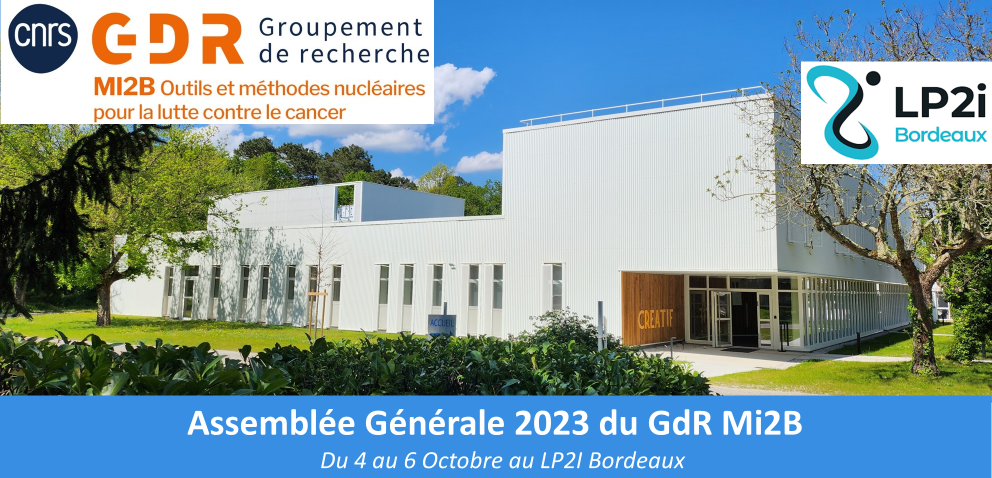Orateur
Description
During a cancer treatment with particle therapy (heavy ion or proton beam), nuclear reactions of the primary beam with the targeted volume need to be quantified in order to calculate exactly the dose received by the patient. Particle therapy permits, compared to therapy using X-rays, to deliver a more conformal dose to the tumor while sparing healthy tissues. However, the primary beam and target fragmentation lead to the production of lighter fragments, which may contribute to undesired dose in healthy tissues. Dose calculations in particle therapy rely on high-performance algorithms which include both physical and biological processes. These calculations are based on data provided by the Monte Carlo. However, there is currently a lack of experimental data regarding nuclear reactions in particle therapy, which can introduce inaccuracies in dose calculations.
The CLINM project (Cross-sections of Light Ion and Neutron Measurements) aims to contribute to fill the existing gap in nuclear data for heavy ion therapy. The main objective of this project is to propose a global characterization of the secondary particles (charged, neutrals) produced by fragmentation processes of ions on tissues, as well as their chemical effects. The study of the radiolysis products generated by these secondaries is performed by the Radiochemistry team of IPHC, while the physical measurement of the particles is done by the DeSIS team. These measurements are carried out with different detectors setup but in this work, we will focus on the measurements of secondary charged particles, performed with a E-E telescope.
The E-E telescope is made of a thin plastic scintillator placed in front of a cerium bromide crystal scintillator (CeBr3). This telescope was placed behind a target of PMMA. Secondary particles resulting from the interaction of the beam with the target pass through the plastic scintillator, where they deposit a small amount of energy (E). Subsequently, they are stopped inside the CeBr3, where they deposit their remaining energy. This process allows to produce a E-E map, which enables the identification of the different types of particles. The energy of these particles can be reconstructed thanks to the calibration of each detector for different ion types.
The calibration process was conducted at various facilities capable of providing accelerated ions, including protons with energies from 16 MeV to 60 MeV and 12C ions with energies from 110 MeV/u to 200 MeV/u. Both the plastic scintillator and the cerium bromide scintillator exhibited an excellent response to ions. Notably, the response of the cerium bromide scintillator follows the Birks' law over a wide range of deposited energies.
In May 2023, an experiment was conducted at the CNAO Hadrontherapy facility in Pavia, Italy, in order to measure the first set of secondary particles using the CLINM setup. The E-E map was obtained from the interaction of 12C ions with a PMMA target (5 cm) and the E-E telescope was placed at 5 from the beam. The results obtained from this experiment will be presented, and it will be shown that, although it is not possible to distinguish between different isotopes, various charges (Z=1,2,3) of the secondary particles can be identified. Their energy spectra will be presented, compared to simulated distributions obtained with Geant4.

